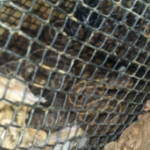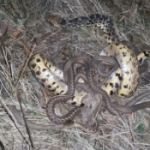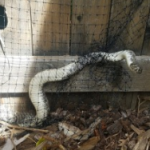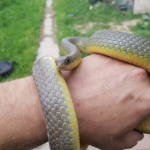The basics for solving wildlife problems is a two-step process. First, the animals must be removed then the entry points must be sealed with the correct techniques and materials. The consequences for not following this procedure will complicate your situation and more damage to the structure or personal property is the typical result.
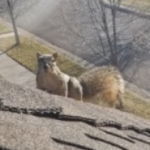
Squirrels
Squirrels are territorial animals. This means that you will not have an infestation such as mice or rats. They operate in small families, which could be a mother and up to 6 juveniles.
In some areas squirrel populations can be high, if so, then resources like food, water and shelter are in high demand. Families will compete for territory to acquire resources. In a high population area, family after family will move in to fill a void left by another.
They are herbivores. Squirrels scatter hoard their food. This is one reason why they are territorial.
Maternity seasons for squirrels are summer, fall, and spring. Giving birth to up to 6 babies at a time.
An entry point for a squirrel is usually about the size of a baseball.
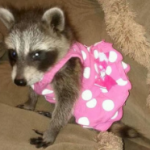
Raccoons
Raccoons originate in the tropics. Their diet, intelligence, and appeal have allowed them to expand all over the world.
Raccoons are omnivorous. Like us, nothing is off the menu. This explains why our trash is so appealing to them.
Maternity season happens in the spring. They are capable of having up to 6 kits at a time.
Ranges vary depending on the environment. A raccoon in an urban area may only have a range of up 3 square blocks but, could have up to 20 different dens that they frequent. An entry from a raccoon is usually about the size of a soccer ball but, can be as small as a softball.
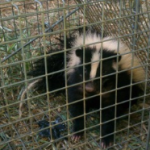
Skunks
Skunks are omnivorous. They do not hibernate but activity does decrease in colder months.
Maternity season happens in the early summer. They are polygynous, meaning they have multiple mates. They can give birth to up to 12 at a time.
Skunks have an excellent defense mechanism. Excreting an essence from their anal glands that is quite unpleasant. We have distinctive methods to avoid this.
Skunks dig to traverse and den underground. They like to dig under our hard surfaces like patios, sheds, decks and even foundations.
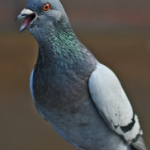
Birds
All birds with exception of pigeons, starlings or sparrows, are federally protected by the Migratory Bird Treaty Act of 1918. We can still deter protected birds if juveniles or eggs are not present.
Pigeons are the biggest nuisance. A pair of pigeons can reproduce up to six times a year. We have distinctive methods to remove pigeons and prevent future conflicts. They do make quite a mess.
Cliff Swallows is a problem in Colorado. They will choose your house to build mud nests, especially if you are close to water.
Most birds build nests solely just for raising their young. Once the juveniles leave the nest the nests are abandoned.
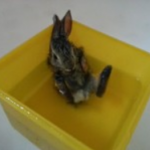
Rabbits
Rabbits are not rodents. They are in the family Leporidae, Latin for “those that resemble Lepus” (hare). This includes about 60 different species of hares. One disgusting observation is that rabbits have two sets of incisor teeth.Rabbits
Solving problems with rabbits is difficult if it is only population control while the removal from structures is always successful.
Rabbits are herbivores and graze on grasses, leafy weeds and flowers. They will even eat their own droppings. When there is a high supply of food traditional baiting techniques are not successful, which is almost always the case with rabbits. Eliminating any shelter is the best thing to do to minimize your conflicts with rabbits.
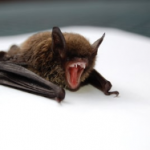
Bats
Bats are insectivorous. They only eat insects, in fact, they eat their body weight in insects daily. This means that they have a really fast metabolism, therefore they urinate and defecate a lot.
Female bats colonize in the summer months to raise their young. Bats are mammals which means that their babies are born hairless and they must be breastfed. Since they are insectivores, their food source disappears in the winter. There is not a lot of information about what they do, but it is speculated that they either migrate or hibernate depending on the species.
Bats cannot create lift to take off for flight from the ground. They must first fall to get lift. This means that bats prefer high places. This is not just for security but also a convenience.
Entry points for bats are gaps and holes about the size of a dime. Common entry points are gable vents.
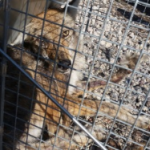
Coyotes and Foxes
They have a large range and are strict carnivores. A coyote can have a range of about seven square miles. Which means that you may see them once and not see them again for 6 weeks. If you are having multiple sightings a week then there is probably a den close by. When sightings are frequent then trapping for them is very successful.
Reasons, why predators move into urban environments, is because of the abundance of easy prey and weakness in their immune systems.
Mange is caused by the Sarcoptic Scabies Mite. This parasite lays eggs into their skin and makes them very ill. It can lay eggs into the human skin but they will never develop. Typically it results in a minor skin irritation that goes away in a couple days.
When they become sick easy prey animals like our pets are on the menu. If you have a small breed pet and have had frequent sightings, you should chaperone your pet when it is outside.
Coyotes and foxes will choose places such as concrete patios and decks as dens.
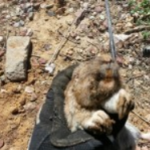
Pocket Gophers
Pocket Gophers are subterranean, they spend 95% percent of their life underground. They are solitary with the exception of mating and maternity season, which happens in the spring.
Their evidence is defined by large mounds of dirt with no hole. This is where they get their name. By filling their hole they prevent predators such as snakes from gaining entry into their den.
One Pocket Gopher can occupy up to 2500 square feet of territory. Feeding on the roots and bulbs of plants.
When the temperature is extreme (cold or hot) they go deep underground to mitigate the temperature. This means that spring and fall is the most successful time to trap them.
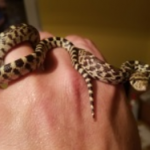
Snakes
Snakes are cold-blooded. They hibernate in the winter months. Targeting their food source and eliminating any shelter is the best way to minimize your conflicts with snakes. We provide emergency services to remove snakes. Call us anytime.We are very successful at capturing snakes.
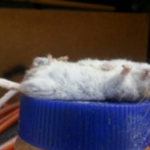
Rats & Mice
Rats and Mice are social herbivores. There are usually more than one. Rats and mice both catch horde food. This means that they make one big stash of food.
Rats reproduce constantly. With a gestation period of about 45 days, giving birth to up to 12 at a time.
Mice reproduce at an exponential rate. They have a gestation period of about 30 days then can get pregnant immediately after. They can have up to 12 babies at a time.
Entry points for mice can be as small as a dime.
Entry points for rats can be as small as a quarter.
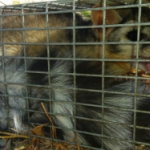
Everything else!
Since we have experience in more than one ecological region, there is nothing we can’t handle. Contact today!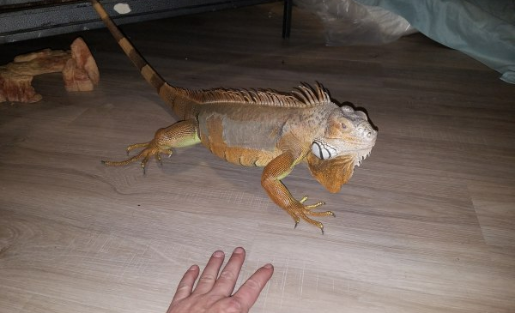
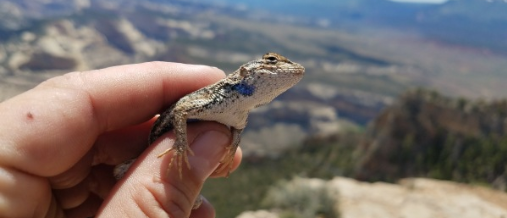
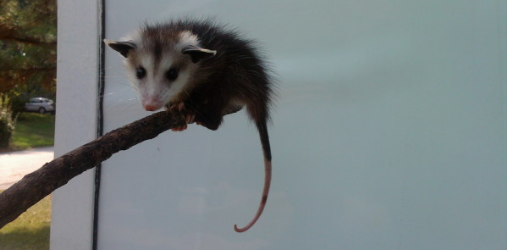
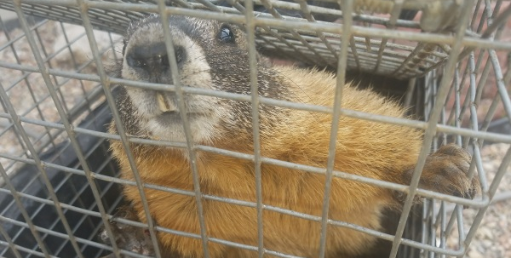
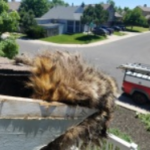
Dead Animal Removal
Does your house smell like road-kill?We are very successful at sniffing out and removing dead animals with minimal demolition. Following up with deodorizing will remove any unpleasant odors.
We also remove large animals.
